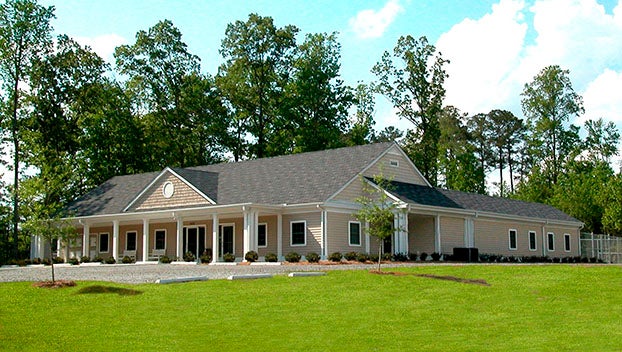Irene adds to repair work on coastal lighthouses
Published 12:56 am Tuesday, September 6, 2011
Many of eastern North Carolina’s landmarks survived Hurricane Irene’s fury, but the 2011 Atlantic hurricane season is far from over.
Irene has added to the restoration work and repairs needed at several lighthouses along North Carolina’s coast.
Doug Stover, a historian and cultural-resource program manager at the Cape Hatteras National Seashore, described how some of North Carolina’s coastal landmarks fared.
“We manage three lighthouses at the Cape Hatteras National Seashore. They are the Bodie Island Lighthouse, Cape Hatteras Lighthouse and the Ocracoke Lighthouse. The Bodie Island Lighthouse, of course, was under major restoration, so it had its windows and lens out. It also had a tarp that ripped off,” Stover said. “Cape Hatteras Lighthouse seemed to survive pretty good. Ocracoke had some interesting problems to it.
It has some major structural cracks that may be from the (Aug. 23) earthquake and the hurricane.”
Stover said the three lighthouses were built during the 1850s to 1870s. He said area people associated with managing the lighthouses over the years said Irene brought more flooding to the lighthouses than they had seen in their lifetimes.
“You could almost swim to the Bodie Island Lighthouse from the keeper’s quarters,” Stover said
Cape Hatteras Lighthouse was scheduled to close Oct. 14. Irene closed it for the rest of the lighthouse season, which runs each year from Easter to October, Stover said. The decision to close the lighthouse for the remainder of the season was made because Irene destroyed most of the housing for seasonal employees.
Stover said the federal government continues to seek funding sources to pay for lighthouse repairs.
“I heard that Congress has authorized some kind of emergency bill to fund repairs for damage that the Washington Monument sustained during the earthquake. Some money from that bill may go to the 34 national parks affected by this hurricane,” Stover said. “This is the worst time for the government because our fiscal year ends Sept. 30. Congress has not even voted on the 2012 budget. Who knows (from) where money will be pulled?”
On Aug. 26, Meghan Agresto, site manager at the Currituck Beach Lighthouse, talked about preparations made for the lighthouse in advance of Irene’s arrival.
“We just had a historic-preservationist carpenter repair a beam. We will shutter up all the houses. We will send staff home. If there is a county evacuation, we will plan to close,” Agresto said a day before the hurricane struck.
Agresto said the Currituck Beach Lighthouse has fared well in recent hurricanes. The Outer Banks Conservationists work to restore and maintain the lighthouse and ancillary building on the Currituck Beach Lighthouse compound.
Eastern North Carolina’s national wildlife refuges also face storm-recovery efforts.
Howard Phillips, manager at the Pocosin Lakes National Wildlife Refuge, recently discussed those efforts.
“I did an aerial survey, and there are trees down across a large number of roads. Crews are currently clearing them,” Phillips said. “There are some flooding issues, but it has not been as bad as past hurricanes. The Scuppernong River interpretive boardwalk is badly (damaged) at the Visitors Center. This is from trees coming out of their root systems. We are checking over 100 water-control structures connected to various projects. Overall, we will have to look at over 243 miles of roads.”
Phillips said officials also assessed damage at the Mattamuskeet, Pea Island and Alligator River national wildlife refuges to determine what recovery efforts are required at those refuges.





